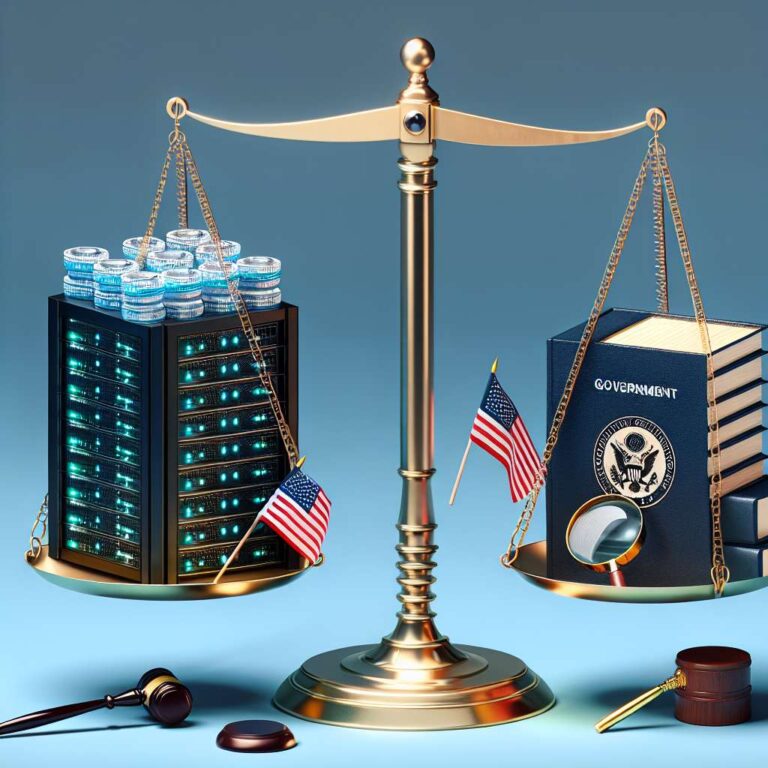Donald Trump´s administration has unveiled its Artificial Intelligence Action Plan, positioning it as a comprehensive vision to shape America´s competitive future in the field. The plan promises to accelerate domestic development by relaxing environmental regulations for new data centers, blocking federal funding for states that impose what are labeled as ´burdensome´ Artificial Intelligence rules, and awarding federal contracts only to companies whose models meet the administration’s standards against perceived ideological bias. The focus is as much on geopolitics—explicitly challenging China’s rapid Artificial Intelligence rise—as it is on reshaping the domestic technological landscape.
Beneath the headline directives, the plan signals a notable shift in regulatory philosophy. The Trump administration intends to reexamine and potentially dismantle many Federal Trade Commission actions from the previous administration, viewing these as stifling innovation in Artificial Intelligence. This stance would significantly weaken one of the main government watchdogs for consumer harm and deceptive practices in the Artificial Intelligence sector. Simultaneously, the plan promises robust support for Artificial Intelligence-driven scientific discoveries, echoing tech industry optimism. Investments are earmarked for labs aiming to use Artificial Intelligence in groundbreaking research, ranging from decoding ancient texts to drug discovery—even as funding for traditional human-driven scientific research faces cuts. New support is outlined for projects that make Artificial Intelligence systems more interpretable and less opaque to researchers.
The action plan’s approach to deepfakes is surprisingly prominent compared to its lack of focus on Artificial Intelligence safety in other domains. Recently signed bipartisan legislation targets nonconsensual sexually explicit deepfakes, with follow-up plans to develop legal standards for detecting fake digital evidence. However, the administration appears unconcerned with broader risks, like legal teams using models that fabricate citations. Furthermore, Trump’s own use of an Artificial Intelligence-generated fake video of Barack Obama highlights the conflicting messaging about harmful content. By largely aligning with tech industry interests and sidestepping measures that would challenge their dominance, the plan underscores the administration’s close relationship with technology giants and its emphasis on leveraging Artificial Intelligence as a tool in cultural and geopolitical struggles.

